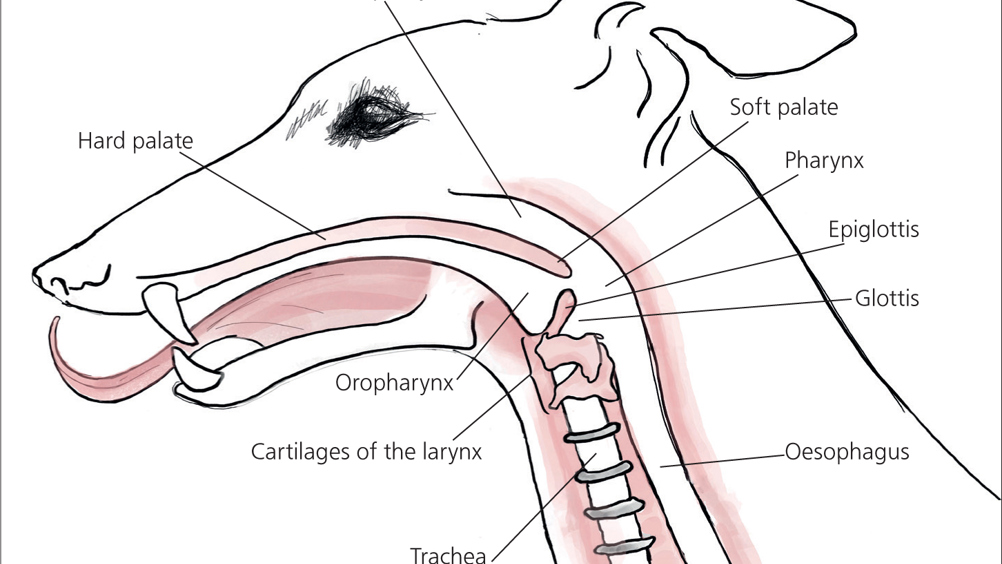If your pet were to go missing, would they find their way back to you? For many pet owners, it’s a heartbreaking thought—but one that can be significantly eased with a simple, effective tool: the microchip.
Microchipping is one of the most important steps you can take to protect your dog or cat, yet many pet owners still don’t understand how it works—or just how vital it can be. In this post, we’ll break down what microchipping is, how it works, and why it could be the one thing that saves your pet’s life.
What Is a Microchip?
A microchip is a tiny electronic device, about the size of a grain of rice, that’s implanted just under your pet’s skin, usually between the shoulder blades. Each microchip contains a unique identification number, which can be read by a handheld scanner at veterinary clinics, shelters, and animal control offices.
Contrary to popular belief, microchips don’t contain GPS or track your pet’s location. Instead, they serve as a permanent ID tag that links to your contact information in a secure database.
Why Microchipping Matters
1. Increases the Chances of Being Reunited
Countless pets go missing every year—and many don’t make it home simply because they have no form of identification. Microchipping dramatically increases the odds:
According to the American Veterinary Medical Association, dogs with microchips are over twice as likely to be returned home, and cats are over 20 times more likely.
Unlike collars and tags that can fall off, microchips are permanent, tamper-proof, and always with your pet.
2. Proof of Ownership
In cases of lost pets, disputes, or theft, a microchip can serve as legal proof of ownership. This is especially important if your pet ends up in a shelter or with someone who claims them as their own.
3. Essential During Emergencies or Natural Disasters
If your pet becomes lost during a move, accident, or natural disaster, a microchip can be the quickest way for rescue workers or shelter staff to identify and contact you.
How Is the Chip Implanted?
Microchipping is a quick, safe, and nearly painless procedure. It’s often done during a routine vet visit and doesn’t require anesthesia. The microchip is inserted with a needle—similar to a vaccination—and the process is over in seconds.
Once inserted, you’ll be given instructions to register your contact information in the chip manufacturer’s database. This step is critical—an unregistered microchip is practically useless.
Common Myths About Microchipping
Myth: Microchips track your pet’s location
Fact: Microchips are not GPS trackers. They store ID numbers only.
Myth: Microchipping is painful or dangerous
Fact: The procedure is quick and well-tolerated, like a routine shot.
Myth: Only dogs need to be chipped
Fact: Cats are actually more likely to go missing and less likely to wear collars. Microchipping cats is just as important.
Tips for Microchip Success
-
Keep your contact info up to date. If you move or change phone numbers, update your chip registry.
-
Ask your vet to scan the chip during annual visits to ensure it’s still functioning and properly positioned.
-
Use a collar with an ID tag, too. A microchip is essential—but an ID tag provides instant info for anyone who finds your pet.
Final Thoughts
A microchip is a small investment that offers lifelong protection for your furry friend. It could be the difference between heartbreak and a joyful reunion. While we all hope our pets never get lost, being prepared with a microchip gives you peace of mind—just in case.
So don’t wait. If your pet isn’t microchipped yet, schedule an appointment today. It’s simple. It’s safe. And it could save their life.
